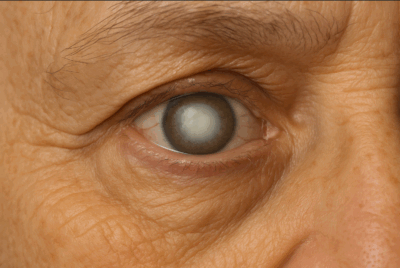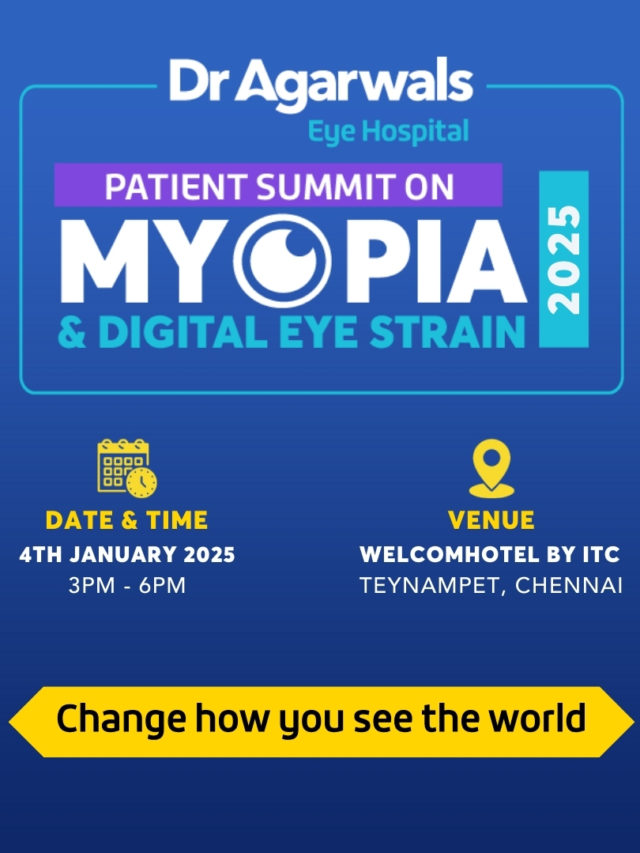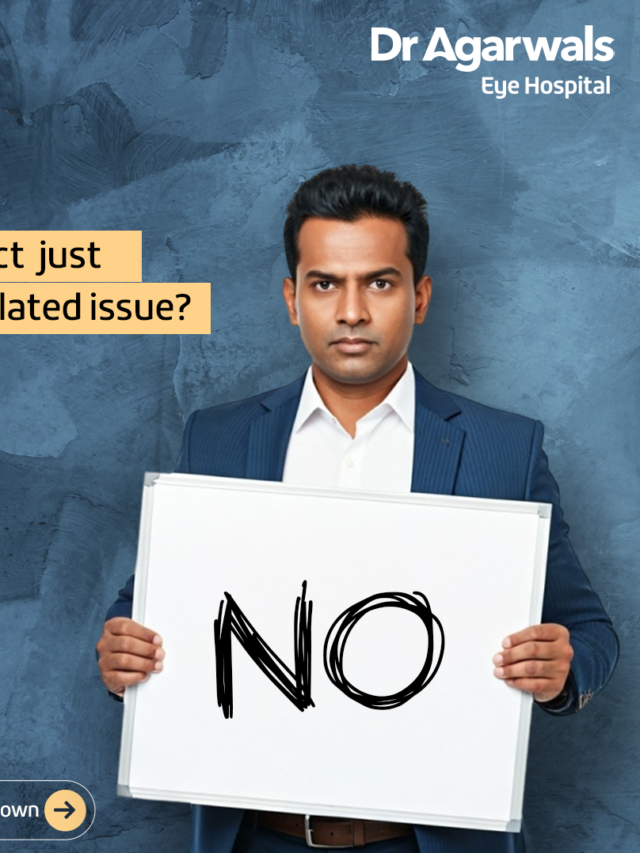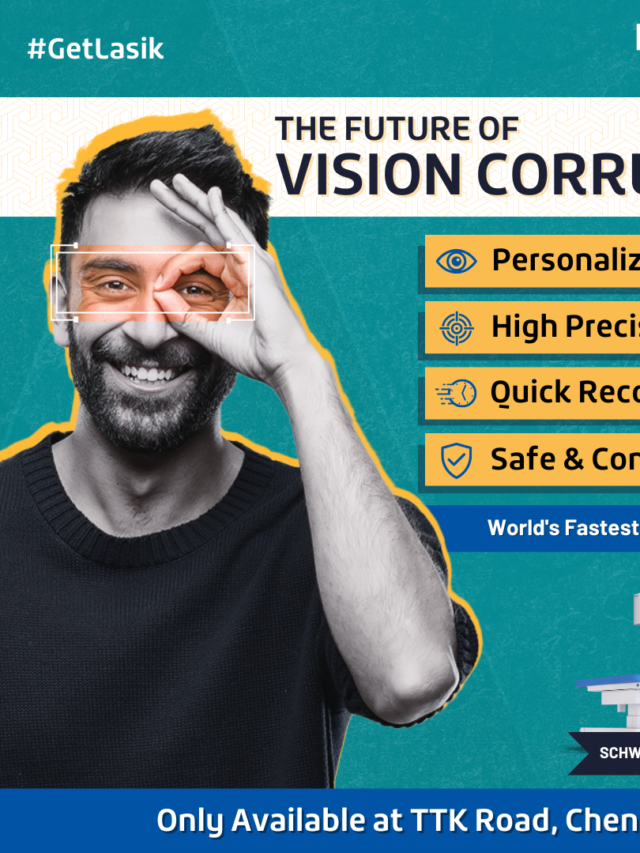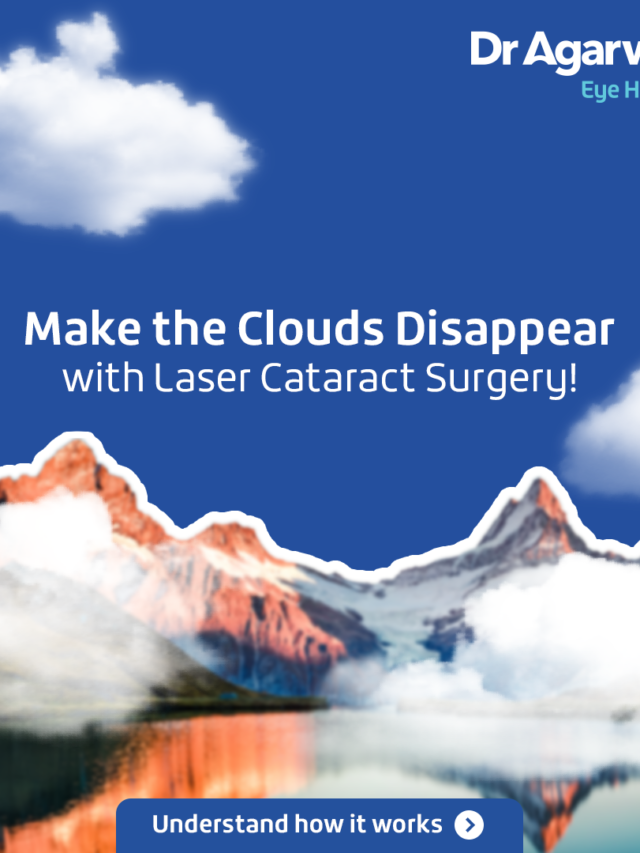Cataracts are a leading cause of vision impairment, and timely surgery is the most effective treatment to restore clarity of sight. While the procedure itself is safe and widely performed, many patients are often concerned about the cost and payment methods available.
Understanding how to manage expenses and exploring different ways of financing cataract surgery can help reduce stress and make the process smoother. This guide explains the typical costs involved, insurance considerations, and financial options available to patients.
Cataract Surgery Costs and Procedure
Cataract surgery involves replacing the eye’s cloudy natural lens with an artificial intraocular lens (IOL). It is usually performed as an outpatient procedure, meaning patients can return home the same day. The cost of surgery depends on several factors, such as the hospital chosen, the type of lens used, the surgical technology (manual or laser-assisted), and the surgeon’s expertise.
Expenses usually include hospital charges, surgeon fees, anaesthesia, diagnostic tests, post-operative medicines, and follow-up appointments. Patients should be aware that premium IOLs, such as multifocal or toric lenses, may increase the overall cost compared to basic monofocal lenses.
Understanding the Average Cost of Cataract Surgery
The average cost of cataract surgery varies depending on city, hospital, and choice of lens. Standard cataract procedures with monofocal lenses are usually less expensive, while advanced options such as premium lenses or laser-assisted techniques add to the cost.
It is important to note that costs are not fixed and may differ between hospitals. Patients should discuss their case with the hospital’s counsellor or reception team to get an accurate breakdown of expenses. This ensures transparency and helps in better financial planning.
Insurance Coverage for Cataract Surgery: What You Need to Know
Many health insurance policies provide coverage for cataract surgery, but the level of coverage depends on the plan. Some insurers cover the full cost of standard lenses, while others may only offer partial reimbursement.
Patients are advised to:
- Speak to the hospital’s insurance desk or reception team to check whether their insurance policy applies.
- Ask if the hospital accepts the concerned insurance provider.
- Understand whether cashless settlement is available or if reimbursement is required.
Being aware of these details beforehand prevents confusion during the admission process. For those unsure, the hospital’s counsellor or insurance team can guide patients through the
approval and claims procedure.
Financing Options for Cataract Surgery Without Insurance
For patients without insurance coverage, several options are available to manage expenses. Hospitals often provide flexible payment methods, and many patients opt for staged payments to reduce the financial burden. Some banks and healthcare financing companies also provide medical loans designed specifically for elective or essential surgeries.
Patients should always ask the hospital if they have tie-ups with financial institutions offering easy instalments or interest-free options. Choosing the right plan allows families to manage costs without delaying the surgery. Delaying cataract surgery may worsen vision and affect daily activities, so timely treatment is always recommended.
Using Health Savings Accounts (HSA) or Flexible Spending Accounts (FSA) for Cataract Surgery
Another way of financing cataract surgery is by using health savings accounts (HSAs) or flexible spending accounts FSAs), if available. These accounts allow patients to set aside pre-tax money for medical expenses, including cataract surgery.
Patients should confirm with their insurance provider or HR department if cataract surgery is an eligible expense under these schemes. Hospitals may also guide patients in using such accounts effectively, ensuring that funds are applied correctly towards surgical and post-operative costs.
Low-Interest Loans and Payment Plans for Cataract Surgery
Low-interest medical loans and hospital payment plans are practical solutions for those who cannot pay the full amount up front. Many hospitals collaborate with third-party financial service providers to offer easy instalment facilities.
These loans typically allow patients to spread payments over months with minimal interest. Some hospitals also provide zero-interest options if repayment is completed within a specified time frame.
Patients should always discuss these options with the hospital’s financial counsellor to understand eligibility, repayment structure, and terms. Such structured plans are especially helpful for families who may not have immediate access to insurance coverage or sufficient savings but wish to avoid delays in treatment.
Conclusion
Cataract surgery is a highly effective and safe procedure that restores vision and improves quality of life. While costs may seem challenging, understanding available options for financing cataract surgery ensures patients can access timely treatment without unnecessary stress.
Insurance coverage, health savings accounts, low-interest loans, and hospital payment plans all provide feasible solutions. Patients should consult the hospital’s reception team, counsellors, or insurance desk to understand the exact coverage available and identify the best financial pathway for their circumstances.
By taking the right steps and planning, patients can manage expenses effectively and focus on recovery and improved vision rather than financial concerns.





